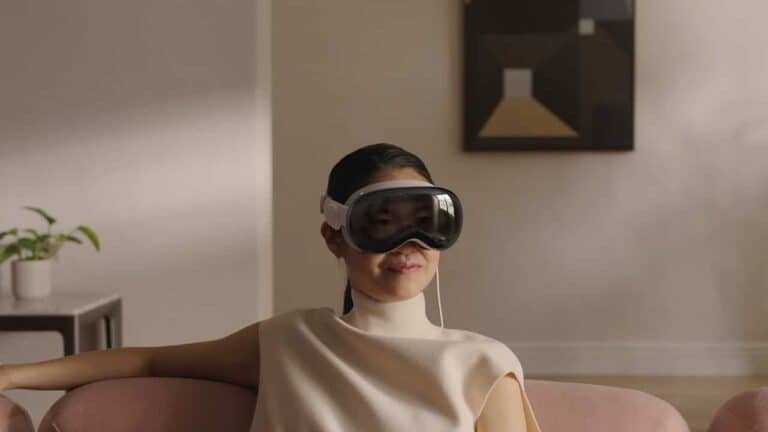In October, it was revealed that Apple was winding down production of its Vision Pro headset. No new units are expected to emerge from here on out. A (much) cheaper model may yet usher in the era of “spatial computing.” We’re not very hopeful, however.
In early 2024, the Apple Vision Pro surprised many with its crisp display, intuitive gesture controls, and shockingly high price. The spatial computing headset was launched only in the U.S. for $3,500. It later rolled out to the UK, Australia, France, and Germany, among others, although many other countries have missed the boat. Apple CEO Tim Cook admitted that the Vision Pro was an “early adopter” product, implying that a cheaper model (Apple Vision?) would suit the larger masses – eventually.
Another VR flop
Nevertheless, Apple’s measured expectations concerning sales were overly optimistic anyway. As a result, production had to be scaled back from the summer of 2024, after which a complete halt may now have taken place. It is not at all a surprising development for a virtual reality (VR) product. Although Apple plastered over this terminology with “spatial computing,” its hodgepodge of virtual reality (fully digital 3D images) and augmented reality (partially digital visuals with the real world visible through external cameras) is not enough differentiation.
New announcements surrounding the Vision Pro failed to materialize, while the usual parade of iPhones, iPads, Macbooks, Macs, and Apple Watches rolled on. This ensured that consumers and business users were not motivated to take the plunge into the VR depths beyond the initial hype cycle, if there even was one.
No common ground
The Vision Pro is a potentially powerful product based on brief personal use. Razor-sharp visuals and surprisingly easy controls immediately impress. An infinite canvas of displays combined with a physical keyboard would be a great combination for work projects, making the concept a potential game-changer. However, the device is bulky, overly dainty and equipped with a miserably short battery life only matched by an equally short-lived desire to keep the Vision Pro attached to one’s head.
Meta has been trying to make a breakthrough in VR of its own for quite some time with its Quest headsets. But even with much friendlier prices and equally impressive features, a world of 3D conferencing or, we’ll namedrop it anyway, the “Metaverse,” remains out of the question.
One of the best examples of the sparse susceptibility of VR for the masses and for business applications is the quiet death of Windows Mixed Reality (WMR). Once introduced with support from multiple major OEMs like HP, Samsung, Dell and Lenovo, the Windows application reached end-of-life, and compatibility has since disappeared altogether with Windows 11 24H2. Perhaps just as well, since Microsoft has never updated the WMR platform beyond roughly a year of half-baked support. It clearly shows how useless an investment in a platform with a complex sales pitch can be. When the entry price is even higher, it only proves more problematic.
Also read: Apple Vision Pro: first-generation not ready for business use
